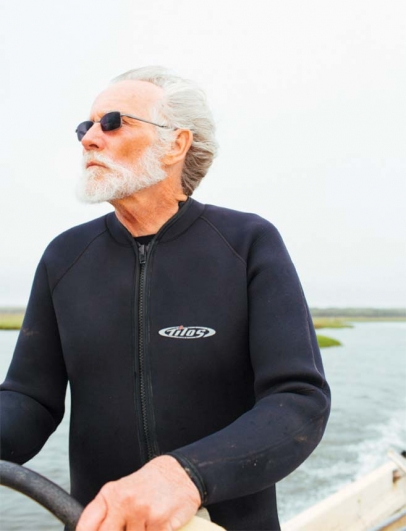New Jersey Clams: Boom and Bust . . . and Boom?
Especially among outsiders, it’s common to speak of our bay system in the singular. In part, this is because the average person knows little about a secret, watery geography that reads like poetry. West of Holgate, Hither Channel leads to Soldiers Hole, which winds between Story Island and Goodluck Sedge. These hidden maps belong to those in the bay.
Yet, estuaries are a varied, subtidal universe, wherein the only constant is change. This includes clams. “Systems are unique from each other, and they can go through various cycles,” says Kira Dacanay, senior biologist for the New Jersey Department of Environmental Protection’s [NJDEP] Bureau of Shellfisheries, part of the Division of Fish & Wildlife. “You can get boom and bust cycles that are just part of the natural way of things.”
Aboard a Delaware Bay research vessel turned Atlantic clam dredge, Dacanay samples naturally occurring hard clams, calculating populations and recruitment rates. The data helps the state manage stocks. It can also pinpoint potential conservation zones, where the public can clam recreationally. “There is a degree of personal satisfaction in going and collecting your own dinner,” Dacanay reflects. “Culturally, it’s something that has been lost for a number of people.” As principal biologist Jeff Normant explains, the monitoring program is about safeguarding a natural resource, promoting estuarine health and supporting the coastal economy.
Systems are not in universal decline. Some never produced. Raritan and Sandy Hook Bays have long supported a sizeable wild-caught fishery.Then there’s Little Egg Harbor Bay, where a decline between the 1980s and 2001 was followed by a 2011 increase. “Continued assessments will allow us to understand if the population might continue to rebound,” Dacanay says.






